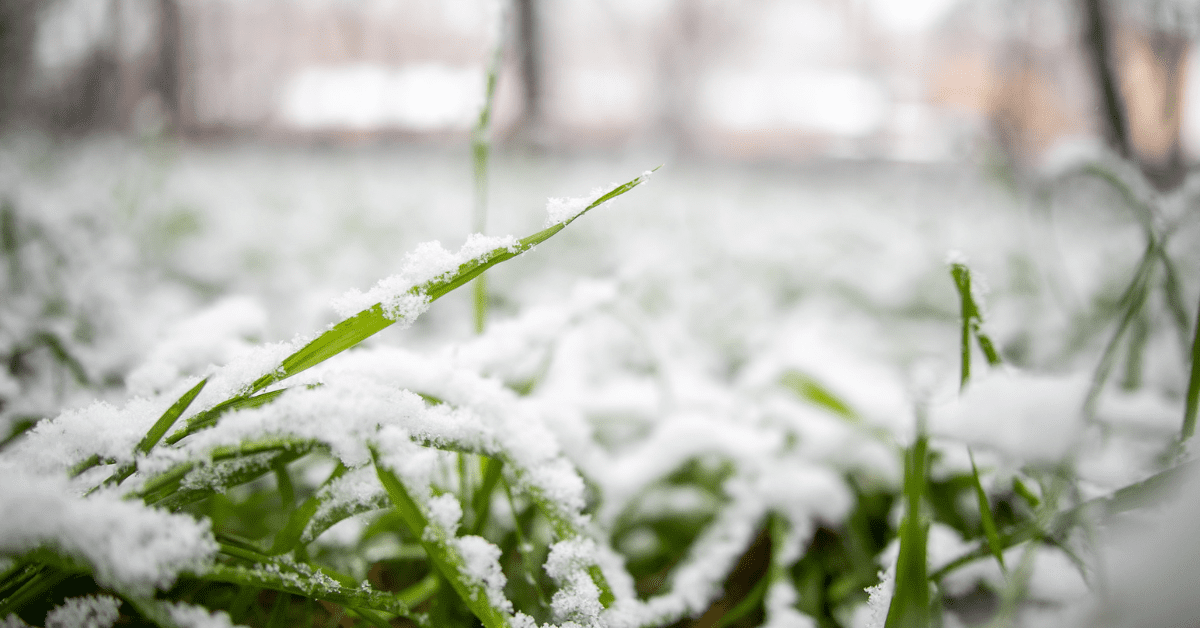
Guest post by Dylan Harper, owner of Forge Marketing Group
In reviewing powerhouse brands, it becomes apparent that consistency and frequency are the most critical pillars of effective marketing. Coca-Cola, Apple, Nike, and other major brands are consistently pushing advertisements to their audiences at an astonishingly high frequency. It’s what works, and they know it.
Consistent and frequent advertising works just as well for landscape industry businesses. However, with seasonality playing a large role in the industry, it begs the question of whether green industry businesses should still live by those marketing pillars during the off-season.
Though it may come as a surprise, the answer is yes. Landscape industry businesses should intentionally push advertisements to their audience year-round, despite seasonality, but there is a certain way to go about advertising in the off-season that will ensure that they are not wasting time and precious marketing dollars. Below are four best practices for advertising during the off-season.
Adjust the Mindset and Change the Approach
This is by far the most important best practice as it will help prevent lawn and landscape industry businesses from spending on ineffective advertising during the off-season, and it sets the stage for the following best practices.
Advertising effectively in the off-season requires a departure from the mentality and strategy that produces successful advertising during peak season. Whereas peak-season advertising often focuses on targeting warm leads and generating relatively quick returns, advertising during the off-season assumes the opposite.
A business participating in off-season advertising must acknowledge that nearly every consumer it reaches is going to be a cold lead at best since they are not thinking about their yard and will not think about their yard until there are at least whispers of spring season.
When this is understood, it should become easier to imagine how the approach to advertising in the off-season might differ. It’s a longer-term strategy where the business shifts its focus from gaining warm leads and generating quick returns, to building rapport and brand recognition with cold leads and converting them into sales over an extended period of time.
This, of course, has implications on the metrics to monitor, the contents of the advertisements, and the types of ads to run – all of which will be addressed in the following sections.
Switch the Scope of Metrics
A shift in the advertising approach demands businesses place greater value on metrics that might not be the focal point during their peak-season advertising.
In the peak season, it’s common to keep a watchful eye on metrics involving leads, sales, conversion rates, and return on investment (ROI). Though these metrics are still integral to the growth of a business, they are not going to paint an accurate picture of the performance of any off-season advertising that follows a long-term approach.
For example: To build brand awareness, Coca-Cola runs ads on TV, places its products in movies, and plasters its logo across fast food chains, vending machines, delivery trucks, and shopping malls. When someone buys a Coke product off the shelf at a grocery store, which advertisement can be attributed to that sale? There is no way of answering that question. The consumer cannot even answer that question.
Since it is difficult, if not impossible, to directly attribute sales and leads to brand awareness campaigns, the metrics a business will need to review during off-season advertising should consist of impressions, ad engagements, website views, website engagement, video views, etc.
Such metrics will help a business determine how well the ads are resonating with its audience and how frequently its audience has been exposed to its brand.
Educate and Inform the Audience
During peak season, it is permissible for advertisements to be more direct in promoting a business’s services since consumers might actively be looking for green industry services. In the off-season, this is not the case, so it might seem out of touch for a business to run ads that blatantly promote a service that consumers do not need for several months.
The contents of a business’s ads during the off-season should be more circuitous in nature, lending themselves to the long-term approach to advertising. Instead of explicitly promoting its services, the landscape business’s ads should provide value for its audience by educating them on topics that weave together the conditions of the off-season and the services that the business offers.
For example: If a landscape maintenance company in Ohio runs an ad promoting its services in the middle of January, then the ad will not resonate with most consumers. If that same company runs an ad educating consumers on how to protect their landscape beds from hard freezes, then the ad is going to get attention and help position the company as an expert in the field.
Though this form of advertising takes a little more effort and creativity, it is the best way to cultivate trust and increase brand awareness within a cold audience.
Leverage Outbound Ad Delivery Methods
Outbound advertising methods reach out to consumers without them actively showing interest in the particular service – almost like cold outreach or a solicitation. Outbound ad delivery methods are what most people think of when they think of advertising – radio ads, billboard ads, TV ads, etc.
When advertising during the off-season, landscape industry businesses must rely heavily on outbound advertising since consumers are not going to seek out their services in enough volumes to support inbound advertising methods.
Note: Businesses that offer snow removal, snow management, or any other off-season services that are in high demand, can and should leverage inbound advertising methods.
The most cost-effective outbound ad delivery options for off-season advertising include Facebook and Instagram ads, Google display ads, YouTube ads, email marketing, and SMS (text message) marketing.
Though it is encouraged to use a mix of outbound advertising methods during the off-season, the ad vehicles a company chooses will ultimately rely on resources such as time, budget, team bandwidth, etc.
Gain an Edge on the Competition
Because advertising during the off-season in an industry that relies heavily on seasonality runs against conventional wisdom, tons of businesses in the green industry save their advertising dollars for the peak season.
This presents a massive opportunity for savvy companies to advertise, uncontested, to their potential customers – gaining a head start on building rapport, establishing trust, and fostering brand awareness.
So when the peak season rolls around, the businesses that sought the opportunity to advertise during the off-season can enjoy the fruits of their labor.



